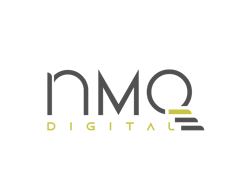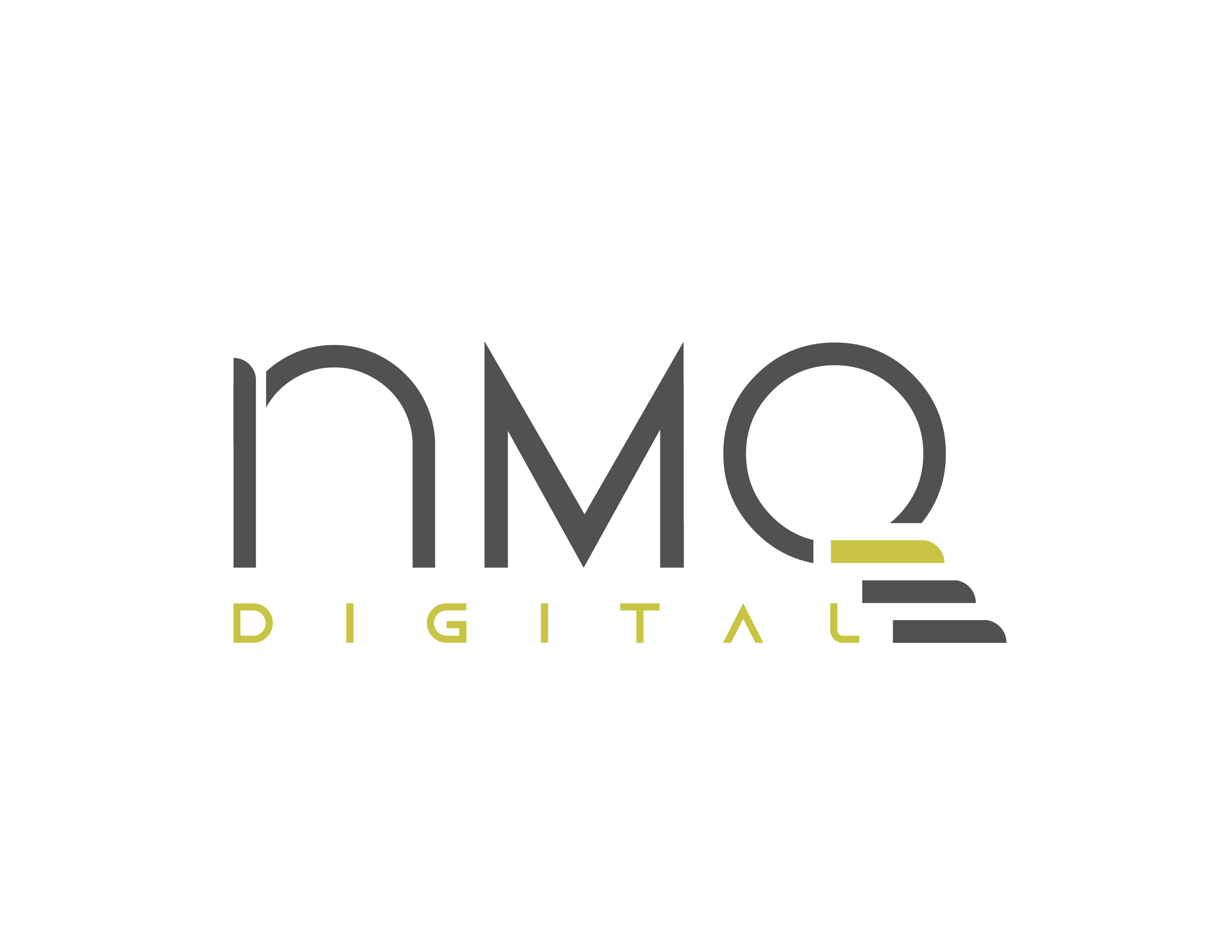Brand consistency goes beyond just using the same logo or colors across your platforms. It is related to every aspect of your brand's presence, from your tone of voice and messaging to your visuals and user experience.
When executed effectively, brand consistency helps create a unique and memorable impression that resonates with your target audience, stimulating loyalty and engagement.
In this article, we will cover;
- Defining Brand Identity
- Creating a Brand Guideline
- Platform-Specific Strategies
- Monitoring and Evaluating Brand Consistency Across Multiple Platforms
Let's begin by understanding the foundational elements of brand identity and why it's critical for your business to establish a strong, consistent brand presence across all digital touchpoints.
1. Defining Brand Identity
Brand identity is the essence of your business's personality and how you present yourself to the world.
It embraces all the visual and verbal elements that differentiate your brand from competitors and shape how your audience perceives you. Establishing a strong brand identity is the foundation for achieving consistency across all digital platforms.

a) What is Brand Identity?
Brand identity is the cohesive combination of all elements that define your brand's look and feel, as well as its core values and messaging. It includes:
- Visual Elements: Your logo, color palette, typography, and imagery choices create the visual aspects of your brand identity. These elements should work together harmoniously to create a distinct and recognizable brand look.
- Verbal Elements: Your brand's tone of voice, messaging, and copywriting style contribute to its verbal identity. This includes how you communicate with your audience across various platforms.
- Core Values and Mission: Your brand's purpose, values, and mission guide your decisions and interactions with customers. These foundational principles shape your brand's identity and influence how you approach your marketing efforts.
In essence, a well-defined brand identity integrates visual and verbal elements with your core values and mission to create a powerful and consistent experience that resonates deeply with your audience and distinguishes your brand in the marketplace.
b) The Importance of Brand Identity
Understanding the importance of brand identity is crucial, as it shapes how customers perceive and interact with your business, influencing everything from trust to loyalty. It helps with;
- Building Recognition: A consistent brand identity helps your audience easily recognize your brand across different platforms, leading to stronger brand recall and familiarity.
- Establishing Trust: When your brand identity remains consistent, it signals reliability and professionalism to your audience, helping to build trust and credibility.
- Differentiation: A well-defined brand identity helps you stand out from competitors by showcasing what makes your brand unique.
- Emotional Connection: A cohesive brand identity can evoke emotions and create meaningful connections with your audience, fostering loyalty and engagement.
Ultimately, a strong brand identity is not just about aesthetics; it's a strategic asset that enhances recognition, fosters trust, distinguishes your brand from competitors, and builds emotional connections, ultimately driving loyalty and success in a competitive marketplace.
c) Tips for Establishing a Strong Brand Identity
Here are essential tips for establishing a strong brand identity, which is key to differentiating your business and fostering a lasting connection with your audience.
- Research Your Audience: Understand your target audience's preferences, needs, and expectations. This insight will guide the creation of a brand identity that connects with them.
- Define Your Unique Value Proposition (UVP): Clearly articulate what sets your brand apart from competitors and how you add value to your audience.
- Develop Brand Guidelines: Create a clear set of brand guidelines that outline your visual and verbal elements, as well as any other key aspects of your brand identity.
- Involve Stakeholders: Collaborate with key stakeholders within your organization to ensure alignment and buy-in on your brand identity.
- Review and Refine: Continuously review your brand identity to ensure it remains relevant and consistent across all digital platforms. Be open to adjusting your approach based on feedback and changing market dynamics.
By implementing these tips, you can craft a brand identity that not only stands out but also authentically represents your values and resonates with your audience, laying a solid foundation for your business’s long-term success and connection with its customers.
2. Creating a Brand Guideline
The first step to achieving consistency across multiple digital platforms is creating clear and cohesive brand guidelines.
This document serves as a blueprint for how your brand should be represented in every context and across all touchpoints. It helps ensure that all stakeholders, including internal teams and external partners, adhere to the same standards and vision for your brand.

a) What is a Brand Guideline?
A brand guideline, also known as a brand style guide, is a document that outlines the rules and standards for how your brand should be presented visually and verbally.
It typically includes:
- Visual Identity: Specifications for your logo, color palette, typography, and other design elements to ensure a consistent visual representation.
- Tone of Voice: Guidance on how to communicate with your audience, including preferred language, style, and tone.
- Messaging Framework: Key messages, taglines, and phrases that align with your brand's values and goals.
- Usage Guidelines: Rules for using brand assets such as the logo, images, and design elements across different platforms.
A comprehensive brand guideline ensures that every aspect of your brand—from visual identity to tone of voice and messaging—is consistently applied across all platforms, preserving your brand's integrity and reinforcing its presence in the market.
b) Tips for Creating an Effective Brand Guideline
Here are practical tips for creating an effective brand guideline, a crucial tool that ensures your brand's identity is consistently represented across all communication channels.
- Define Your Brand's Core Elements: Start by outlining the core elements of your brand, including your mission, vision, and values. These foundational principles should guide all aspects of your brand guideline.
- Detail Your Visual Identity: Provide clear instructions on how to use your logo, color palette, typography, and other visual elements. Include examples of correct and incorrect usage.
- Specify Your Tone of Voice: Define how your brand should communicate with its audience. Provide examples of language, style, and tone that align with your brand's personality.
- Outline Messaging Guidelines: Include key messages, taglines, and phrasing that reflect your brand's identity and values. Specify how these messages should be adapted for different contexts and platforms.
- Include Usage Rules: Specify rules for using brand assets such as logos, images, and graphics. Include guidance on sizing, placement, and variations for different platforms.
- Provide Examples and Templates: Include visual examples and templates for various scenarios, such as social media posts, email marketing campaigns, and website design.
- Keep the Guideline Accessible: Ensure that your brand guideline is easily accessible to all stakeholders, whether through a digital platform or a printed document.
- Review and Update Regularly: Regularly review and update your brand guidelines to ensure they remain relevant and aligned with your brand's evolving needs.
With these detailed tips, you can craft a brand guideline that not only reinforces your brand's identity but also empowers your team to present a unified and compelling brand image across all touchpoints, thereby enhancing brand recognition and consistency.
3. Platform-Specific Strategies
While maintaining core brand elements is essential for consistency across digital platforms, it is equally important to adapt your brand presence to the unique features and audiences of each platform.
Customizing your approach for platforms like websites, social media, email marketing, and online advertising can enhance engagement and maximize the impact of your branding efforts.
Tips for Tailoring Your Brand's Approach
Here are insightful tips for tailoring your brand's approach to different platforms, ensuring that your messaging resonates appropriately and effectively with each unique audience.
- Understand Platform Nuances: Familiarize yourself with the unique features, audience demographics, and best practices of each platform. This knowledge will guide how you adapt your content and branding.
- Stay True to Your Brand: While adapting to different platforms, ensure your core brand elements, such as visual identity and tone of voice, remain consistent.
- Optimize Content for Each Platform: Create platform-specific content that aligns with the format and style preferred by users. For example, Instagram favors visually appealing stories and reels, while LinkedIn prefers professional and thought-provoking content.
- Utilize Platform Tools: Take advantage of each platform's tools and features, such as hashtags, stories, and live streams on social media, or segmentation and personalization in email marketing.
- Monitor Performance: Track the performance of your content across different platforms to understand what resonates with your audience. Use this data to refine your approach and improve future content.
- Engage with Your Audience: Tailor your brand's interactions with the audience on each platform. Respond to comments, messages, and mentions in a way that aligns with your brand's personality.
By following these tips, you can effectively customize your brand's presence across various platforms, ensuring not only consistency but also maximizing engagement and connection with diverse audiences in ways that are most relevant to each channel.
4. Monitoring and Evaluating Brand Consistency Across Multiple Platforms
Monitoring and evaluating brand consistency across various digital platforms is essential for maintaining a cohesive brand presence and following established brand guidelines.
By regularly assessing how your brand is represented, you can make data-driven decisions to improve brand performance and strengthen customer loyalty.
Here's how to ensure consistent branding, along with specific tools for each objective and channel.
a) Methodologies for Monitoring and Evaluation
Here are key methodologies for monitoring and evaluation, essential tools for assessing the effectiveness of strategies and improving outcomes in any project or initiative.
- Regular Brand Audits: Conduct periodic audits of your brand's presence across different platforms such as websites, social media, email marketing, and online advertising. Review visual elements (e.g., logos, colors, typography) and messaging to ensure alignment with your brand guidelines.
- Content Analysis: Evaluate the tone, style, and messaging of your content across various channels. Check for consistency in language and adherence to brand voice.
- Customer Feedback: Gather feedback from customers to understand how they perceive your brand across different platforms. Surveys, reviews, and social media mentions can provide valuable insights.
- Cross-Channel Monitoring: Track the customer journey across different touchpoints to ensure a seamless brand experience. Look for any areas where the brand presentation may vary.
These methods form a comprehensive approach to maintaining and enhancing your brand's integrity across all channels.
By regularly conducting brand audits, analyzing content, gathering customer feedback, and monitoring cross-channel interactions, you can ensure that your brand remains consistent and resonates strongly with your audience.
b) Tools for Monitoring and Evaluation
Here are essential tools for monitoring and evaluation, designed to help you measure the effectiveness of your initiatives and gather actionable insights.
- Brand Monitoring Tools: Use specialized tools like Mention and Brandwatch to track mentions of your brand across social media, news outlets, blogs, and forums. These tools help you gauge public perception and identify any inconsistencies in branding.
- Digital Analytics Platforms: Platforms such as Google Analytics and Adobe Analytics provide insights into user behavior across your website and other digital channels. Look for patterns in user interactions that may indicate areas where brand consistency needs improvement.
- Social Media Management Tools: Use tools like Hootsuite and Sprout Social to monitor your social media presence across various platforms. Track engagement metrics and assess how well your content aligns with your brand guidelines.
- Content Management Systems (CMS): A robust DXP and CMS like Crownpeak or HubSpot can help you manage and maintain brand consistency across your website and other digital channels. Features like version control and permission settings ensure that only authorized changes are made.
- Feedback and Survey Tools: Utilize tools such as SurveyMonkey or Typeform to gather customer feedback on your brand's performance across platforms. Analyze responses for any recurring themes related to brand consistency.
By using these tools and methodologies, you can effectively monitor and evaluate brand consistency across multiple platforms. Regular assessments help you identify areas for improvement and ensure your brand remains cohesive and aligned with your established guidelines.
Conclusion
In conclusion, establishing and maintaining brand consistency across digital platforms is not just about uniformity in visuals and messaging, but about forging a deeper connection with your audience.
By adhering to a comprehensive brand guideline, engaging with platform-specific strategies, and regularly evaluating your brand’s presence, you can ensure that your brand not only stands out but resonates strongly with your target audience.
Remember, a consistent brand is a reliable brand, and reliability builds trust—key to fostering lasting relationships and driving business success in the digital age.
If you require assistance in auditing and maintaining robust brand consistency, NMQ Digital is here to help. Our end-to-end services encompass all necessary methodologies and tools to ensure a cohesive brand presence, including brand audits across various platforms, digital analytics implementation, social media management, and content management services.






